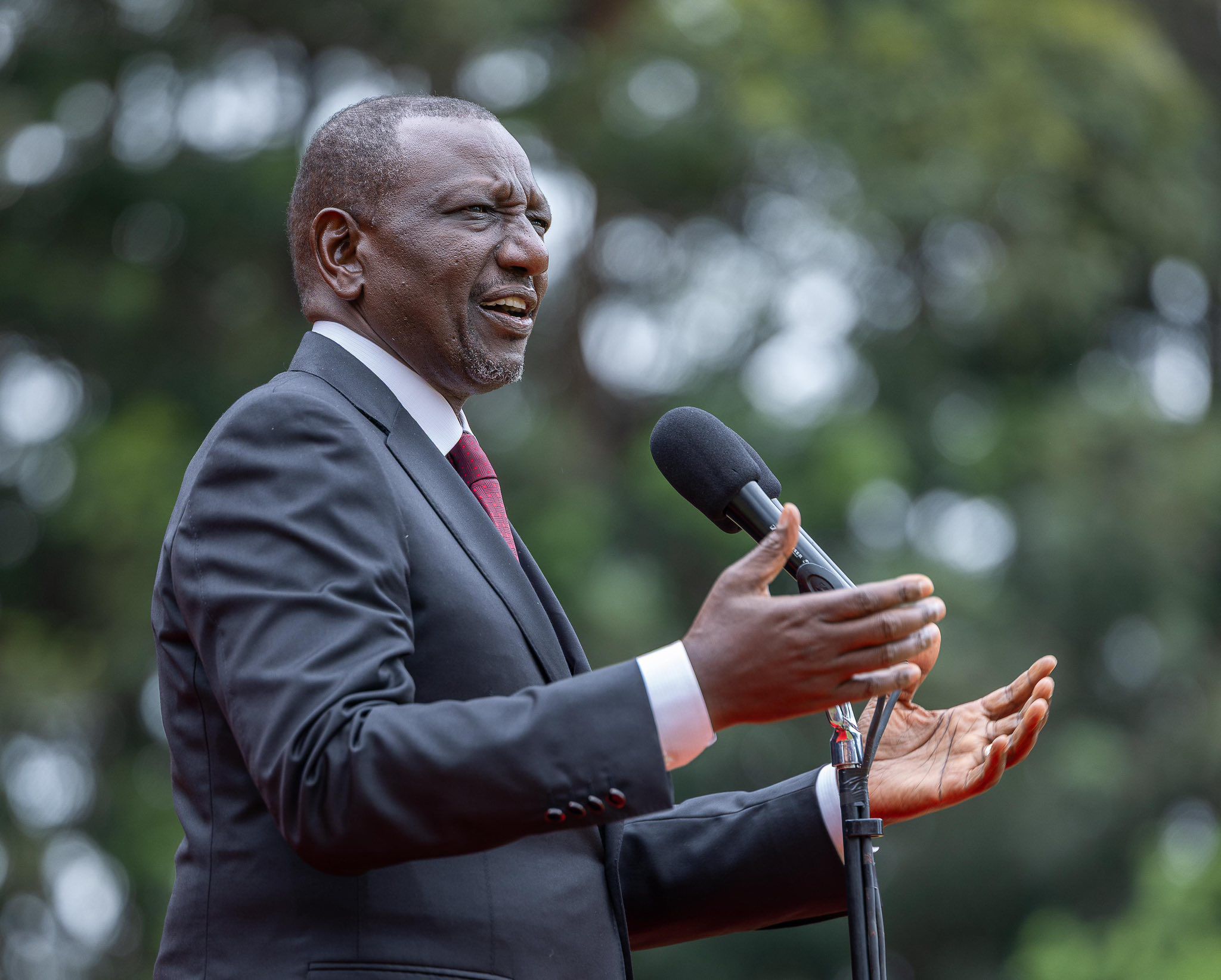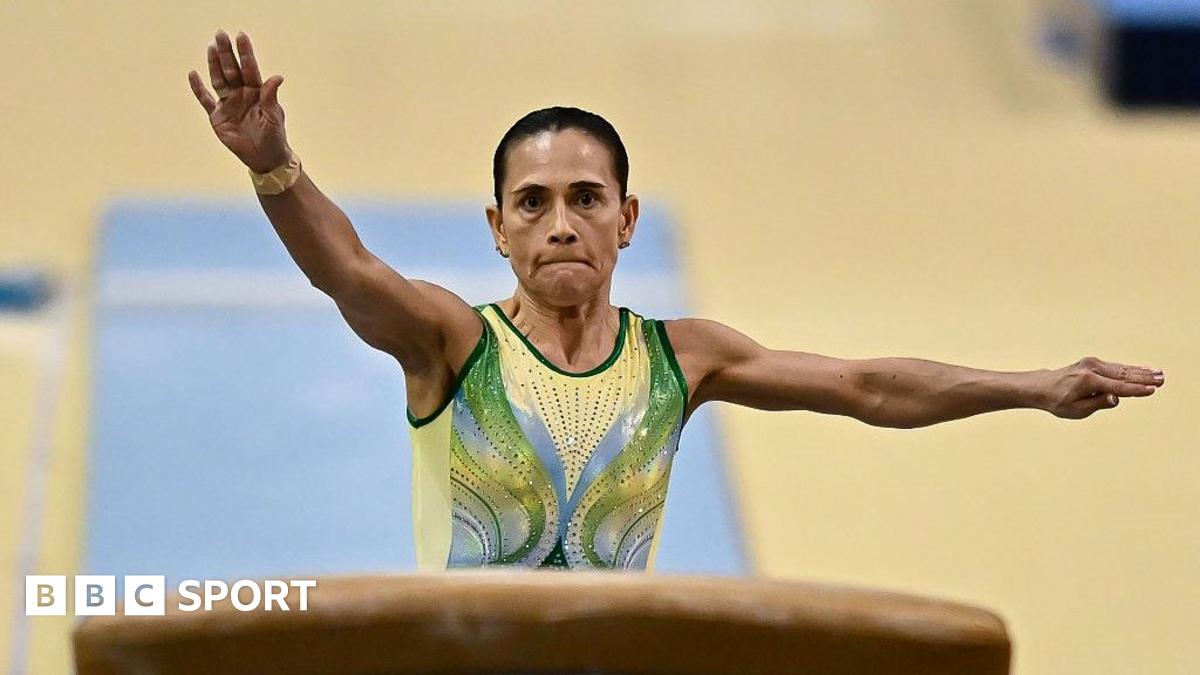Latest Updates from the Spa Industry

The global wellness industry is experiencing an unprecedented surge, solidifying its position as a powerhouse sector. Valued at an astounding US$6.3 trillion in 2023, the Global Wellness Institute (GWI) forecasts this figure to soar to US$9 trillion by 2028, reflecting a profound and sustained commitment to health and wellbeing worldwide. This growth is evidenced across various segments, from wellness real estate, projected to double to US$1.1 trillion by 2029, to thriving spa and hospitality markets globally. Reports indicate that demand is consistently outstripping supply, signaling a robust and expanding consumer interest in all facets of wellness.
This booming market is characterized by a wave of new developments, expansions, and innovative offerings across the globe. Luxury hotels and resorts are integrating extensive spa and wellness facilities, with notable openings in diverse locations such as Venice, Tanzania, Nashville, Hong Kong, Abu Dhabi, Scotland, Tenerife, San Francisco, the Maldives, Crete, Saudi Arabia, London, the Dominican Republic, Amsterdam, Japan, and New York. Brands like Four Seasons, Marriott, Hilton, Accor, Jumeirah, Banyan Tree, and Rosewood are leading this charge, often unveiling flagship properties designed as comprehensive wellbeing destinations. For instance, the JW Marriott Crete Resort and Spa has opened as the brand’s first Mediterranean beach resort, while Banyan Tree Escape is establishing an eco-luxury safari resort in Tanzania. In urban centers, concepts like Therme Group are planning large-scale 'urban wellbeing oases' in Dallas and Dubai, transforming city landscapes into health-focused sanctuaries.
Innovation is at the heart of this expansion, with significant advancements in treatments, products, and technology. The industry is embracing cutting-edge solutions, including AI-driven gym experiences, oxygen pods, and advanced contrast bathing facilities. New treatment modalities range from biomagnetism and kinesiology to unique mental resilience retreats and breathwork programmes. Skincare brands are launching specialized collections, such as Naturopathica's Caffeine and Peptide facial, Elemental Herbology's menopause-focused serum, and Comfort Zone's new anti-pollution and pro-ageing Skin Regimen/Lx range. Equipment manufacturers like Gharieni are introducing multi-functional treatment beds with integrated pedicure tubs (SpaFusion Flow) and ergonomic headrests, while Lemi offers vibro-acoustic chaise longues for immersive relaxation. Technology is also redefining recovery, with the widespread adoption of cold plunges and cryotherapy (e.g., Art of Cryo’s Tec-Spa Module and Mecotec's solutions), smart massage beds (SKYY's far-infrared technology), and red light therapy (Prism Light Pod). Wearable tech, like the Oura Ring, is enhancing personal health tracking, further personalizing the wellness journey.
Several key trends are shaping the future of wellness. Longevity, once a niche, is now a central focus, manifesting in dedicated clinics (e.g., Humanaut Health, Clinique La Prairie's longevity hub in New York's Hudson Valley) and specialized spa programmes. Social wellness concepts are gaining traction, with establishments like &Soul in London offering large Aufguss saunas and sober bars, and Remedy Place expanding its social wellness clubs. Mental health support is increasingly integrated into offerings, highlighted by studies on genes and environment, and the opening of specialized mental health crisis centers. Sustainability is also a growing priority, with brands adopting eco-friendly packaging (Wildsmith Skin, Charme d’Orient) and seeking certifications like EcoCert for Sustainable Wellbeing Centers (L’Occitane en Provence Spa). Industry bodies are actively surveying market trends, staff compensation, and consumer preferences, ensuring the sector remains responsive and robust.
The industry's dynamism is also reflected in a busy calendar of events and strategic leadership appointments. Major conferences such as the ISPA Conference, Global Wellness Summit, European Health and Fitness Forum, and Medi Wellness Congress serve as platforms for networking, research dissemination, and trend forecasting. Leaders like Kenneth Ryan have taken on pivotal roles, including chair of ISPA and Chief Longevity Officer for The Estate. Other notable appointments include Denise Dente as General Manager of Comfort Zone skincare and Suzanne Holbrook leading Marriott’s global spa, fitness, and wellness operations. These developments underscore a sector committed to continuous evolution and excellence, even as it addresses challenges such as wellbeing burnout and the need for greater inclusivity in physical activity and wellness access.
As the wellness landscape evolves, it aims for a future where health and wellbeing are integral to everyday life. The continuous innovation, strategic partnerships, and focus on holistic, personalized experiences position the spa and wellness industry for sustained growth, catering to an increasingly health-conscious global population.










